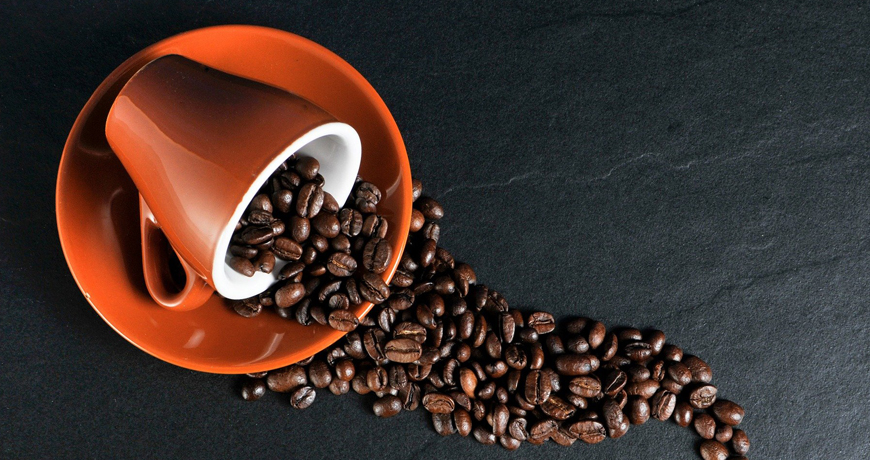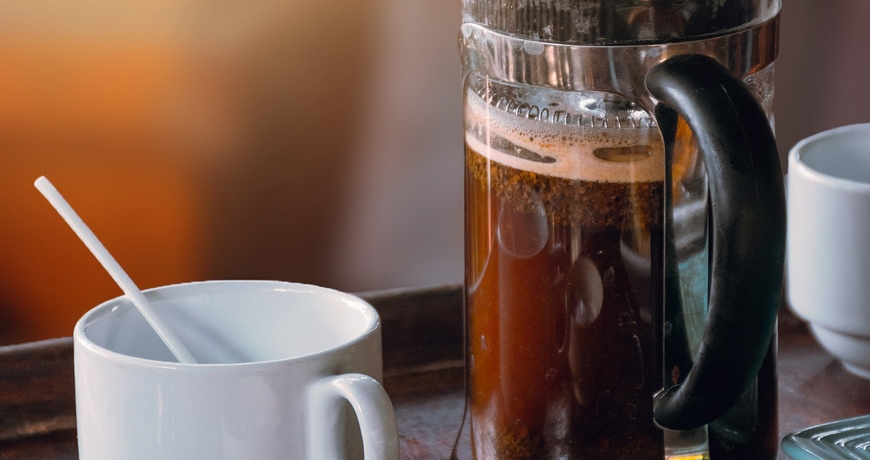
From the famous Italian espresso to boozy Irish coffee and all in between, European coffee encompasses a wide variety of types. The continent is proud of its coffee community, which has spawned new ideologies, political movements, and freethinkers. Given the popularity of coffee in Europe, there are many coffee concoctions, flavors, and beverages.
What's the secret to making the superior cup of healthy brown morning medicine? Most Europeans cannot live without coffee, and the International Coffee Association estimates that the continent imports more coffee than the United States. As a result, whenever you spend good money on good coffee, an excellent low-tech brewing system could come in handy. It's time to learn how to make coffee from other countries. Here are four things you should be aware of.
1. French Press Coffee is The Most Popular Brewing Method
The most common form of coffee maker is the French press pot. Starbucks and several specialty coffee shops, as well as online and department stores, sell them. French press coffee maker is a simple device that makes full-flavored coffee. It has a metal plunger attached to a narrow glass carafe.

Pouring almost boiling water into the carafe with ground coffee is needed to make coffee in a French press. You lower the plunger down to the bottom of the pot and pour off the brew after it has been brewed in the pot for three minutes to remove the beans' flavor.
The coffee made in a French press is flavorful and rich. As easy as the procedure is, there are a few tricks and caveats to be aware of. There are opportunities to screw up and make terrible, undrinkable coffee, just as there are with every other method. However, once you've mastered this small ritual, you'll be drinking the kind of coffee that coffee lovers all over the world prefer.
2. For Tasty Coffee, Start With Freshly Roasted
A decent cup of coffee is more than just delicious. It's the ideal way to begin your day. Strong coffee, once again, starts with good coffee beans. Since they're agricultural products, the flavor variety is entirely normal. This suggests that some beans are excellent and others are not. Purchase specialty coffee with natural sugars, low acidity, and a wide range of wild flavors.
It would be best if you stored your specialty-grade, freshly roasted whole bean coffee properly once you have it. Avoid heating and exposure to light or air. And you'll need the best brewer and distilled water. Clean water is by far the simplest way to ensure that your water does not ruin the taste of your coffee. The water-to-coffee ratio should be 1:15-18 grams.
Power is achieved by balancing the coffee and water ratios, resulting in a balanced taste, and flavor creates a balanced extraction. You may alter the grind size or change the brewing time if the coffee tastes under-extracted.
3. Coffee Is Culture
Coffee has been an integral part of social norms in Europe. Taking a "coffee break" throughout the day will help you stay energized during the day. It serves as a focal point for entertaining at home. It fosters a sense of community. The scent of coffee brewing in the kitchen also concludes a day of entertaining families.
Coffee drinkers enjoy socializing about their preferred beverages, which have extended beyond brewed coffee to include specialty-crafted espresso drinks. Coffee houses have been around for more than five centuries, and their popularity continues to grow. Coffee is fundamentally cultural, and coffee shops contribute to the development of coffee culture.
4. The Average Coffee Cup Has More Caffeine Than a Shot Of Espresso
The caffeine content in a typical brewed cup of coffee is 100 mg. This number, however, varies by coffee drink and can go from almost nothing to over 500gms. An espresso weighs 63 grams, and decaf coffee has about 3 grams of caffeine. Caffeine content is determined by a variety of factors, including:
- Different types of coffee beans, each of which can naturally contain varying amounts of caffeine.
- Standard brewed coffee, espresso, instant coffee, and decaf coffee are all different types of coffee that vary in caffeine content.
- Lightly roasted coffee contains more caffeine than darker roasts, but darker roasts have a richer taste.
- The amount of caffeine one serving has a significant impact on the overall amount of caffeine in the body.
There are many fascinating facts about coffee and its long history. A passion for all things coffee has attracted both large and small businesses to coffee production and trade, making it a very modern commodity. Technology and its advancements in the coffee trading industry are two major factors that aid many businesses in competing in the volatile coffee trading world.

Comments